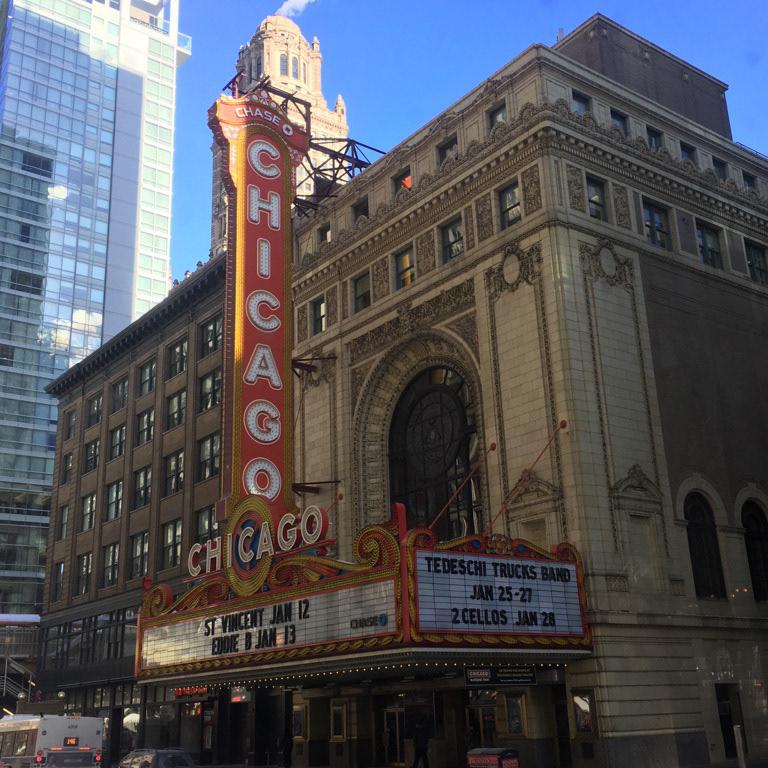During summer 2017, I interned at Live Well Collaborative as a user experience design intern. It was a splendid time with love, learning and grow-up. Working with incredible teams and talented friends, meeting collaborators from total different backgrounds, I had a pleasure of learning, designing and crafting experience in a very complicated world.
Here are some highlights of my internship:
• I worked with two different clients and was in charge of two main projects - they were extremely different. One was to rethink the emergency exit door context for residents with dementia in a local senior living facility, which is a system design project and finally we came out a comprehensive and systematic solution;
The other one was working with Cancer & Blood Disease Institution (CBDI) in Cincinnati Children's Hospital, designing a innovative Oncology Handbook and assembling the 1-2-3 initiative device. In this project, I utilized my graphic design skills and learned a lot about print design, meanwhile, I took fully advantage of the techniques I learned from my undergraduate, engineering background, using electric soldering to help with the assembly of device. It can be said that this whole project is a challenge and affirmation fo my all-round ability.
• I learned new research methods and applied them into our projects.
• I was included in the whole process of projects, contributing ideas, prototype-making, user-testing and refinement.
• All of projects are utility-considered, by that means, all of work me and my team had ultimately put into market. And what I learned from that my design was more practical, which is different from my academic projects.
• I also helped other teams from time to time, communicating and exchanging some of our ideas in spare time, I felt mind-opening and enriched myself from others' perspectives.
• Working in Live Well Collaborative also shaped me a systematic design approach, and this approach would definitely help me as well in my design career:
In this blog, I want to share some thoughts and what I've learned.
Understanding the essence of communication
When we do projects, we always set our target groups well, and begin our research -- interview one by one, collect enough data and summary then directly start our design practice and end up with a beautiful slides to present. During my internship, communication is everywhere and you have to initiative to approach to iterate your design. In the project Design for Dementia, in fact, we were not allowed to interview the residents with dementia due to the human rights protection. However, we interact with all of stakeholders, from nurses, servants, programers even directors, we communicated as much as we can, of course including observation, making any effort to understand our target. In the spare time, we even invited some non-involved co-workers to test our prototypes and welcomed the feedbacks from all we worked. In my opinion, talking seriously with clients would teach you, talking breezily with other people would surprise you.
Problem identification is always more important than solution itself
For most of us, especially for beginner designers, we always put ourselves into the situation that designing in a result-centered way intuitively because it's easy and clear. This unpleasant situation also bothered me before, but how can we transform out thought becomes vital.
In the project Design for Dementia, we first knew that emergency exit doors pose a security threat on the floor where the dementia residents lives, but why security doors are a threat? Embracing with such a question, we did a filed trip, analyzed the floor plan, interviewed with stakeholders and observed what residents' life there, one of our conclusions came out that the emergency door attracted residents to explore because, to some extend, they were forbidden to go outside. Then we knew that the staff prohibit residents go outside by themselves due to the consideration of security. Since this factor is a problem, why don't we try to make this problem become a problem-solving? That's why we came out the final solving part in out solution system.
It is common to get lost while doing design research and trying to figure out the solution. But the problem identification and exploration can lead you to the place that you never be even you never realize, also bring you unexpected growth that can affect your whole life.
Always be curious, not judgmental.
This is my motto, I hope it can also enlighten you a little bit. Preconceived ideas will always play a decisive role, but as a designer, embracing ambiguity leads you to open your mind.
When doing the project Oncology Books, at first me and my co-work came up with several innovative and creative book design for patients, we even abandon traditional book style which we thought it's out-of-date, however gaining feedbacks from doctors and nurses even some participating patients, a simple handbook with our innovative elements attached became the final design -- which is most useful and feasible for both sides.
On the other side, sometimes it's really frustrated when you know your solution is not the best one. But this is not a bad end, right? How about see this situation in a different way: Is your solution a final iterative one? Is there any problem that your solution cannot cover? Does your solution really solve the problem that bother your client? Can you learn something from the selected solution?
Continuity?
I left this part as my ending part. Not just because learning is a life-long task, but also design is dynamic and continue to work long and prosper. Design is not a math question that the answer is confirmed, design could be iterated forever, and get ready for that a better design solution in on the way.



